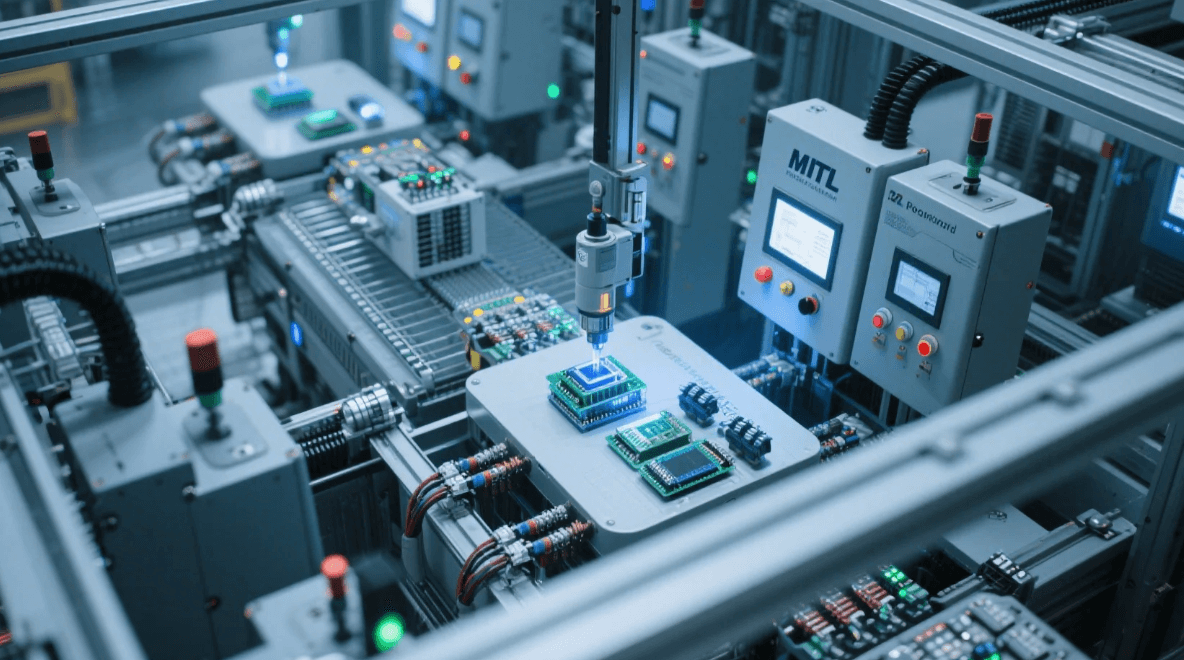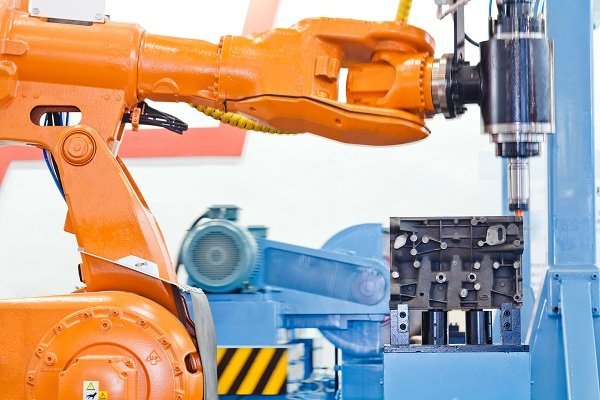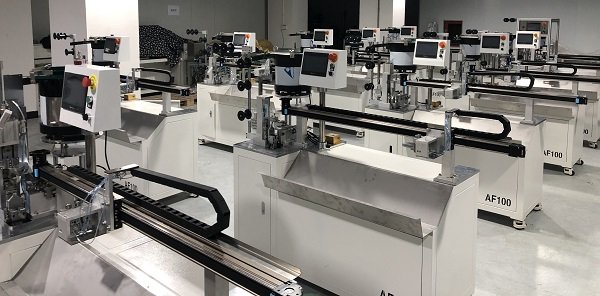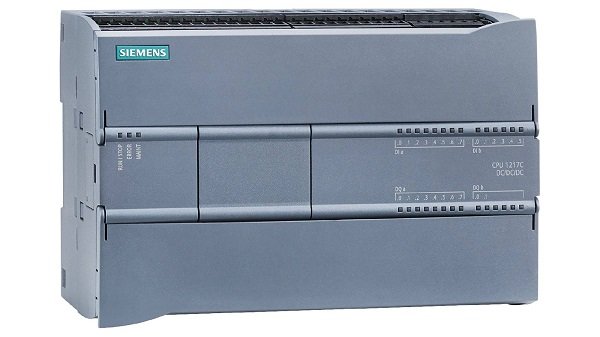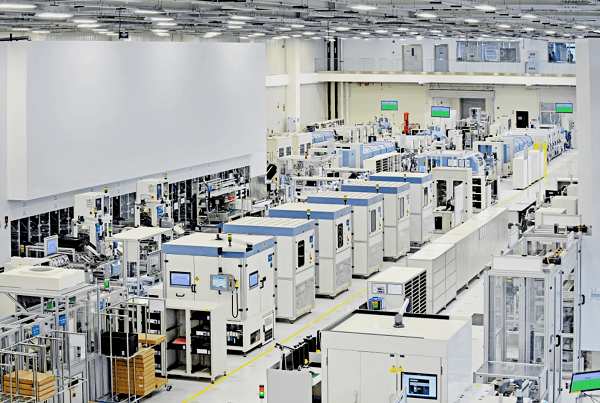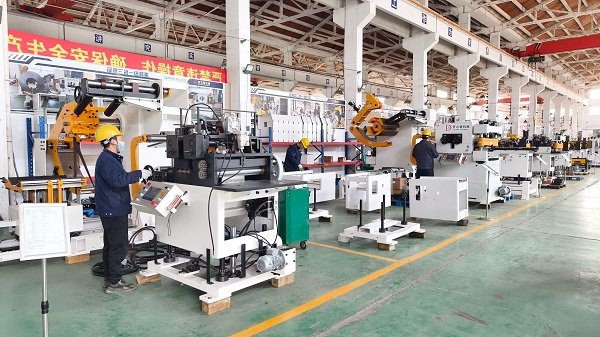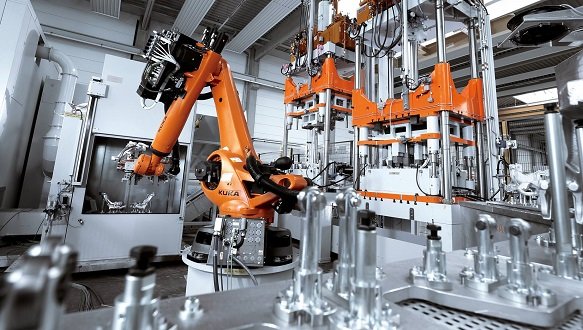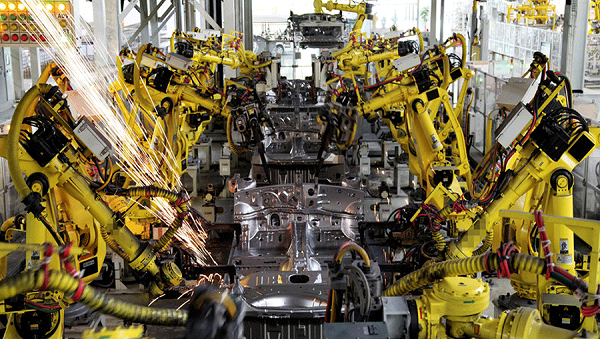Harnessing the Power of Electrical Equipment in Modern Industrial Automation

In the fast-paced world of industrial automation, the role of electrical equipment cannot be overstated. With advancements in technology and the ever-growing demand for efficiency, businesses are constantly seeking ways to enhance production processes, reduce costs, and increase reliability. This is where electrical equipment comes into play. Through its innovative applications, electrical equipment is revolutionizing industries, driving productivity, and ensuring sustainable operations.
The Crucial Role of Electrical Equipment in Industrial Automation
At its core, industrial automation relies on sophisticated systems that control, monitor, and optimize industrial processes. Electrical equipment such as motors, sensors, actuators, and programmable logic controllers (PLCs) serve as the backbone of these systems, allowing for seamless, precise control of machinery. The integration of electrical equipment in automation systems ensures that industrial processes are not only faster but also more accurate and consistent, which directly impacts product quality and operational costs.
For industries dealing with large-scale production, the importance of electrical equipment in automating production lines cannot be emphasized enough. Automation facilitates increased production rates, improved safety conditions, and more effective resource management. This results in cost savings, enhanced product consistency, and the ability to respond more quickly to changing market demands.
Boosting Efficiency with Electrical Equipment
One of the greatest advantages of electrical equipment in industrial automation is the significant boost in efficiency. Automation systems powered by advanced electrical equipment allow for precise control over every aspect of the manufacturing process. Whether it’s controlling the speed of a conveyor belt, managing robotic arms in an assembly line, or regulating the temperature in a furnace, electrical equipment enables flawless operation.

By automating repetitive tasks, manufacturers can reduce the likelihood of human error, lower labor costs, and increase production speed. Moreover, electrical equipment allows for real-time monitoring of equipment performance, which helps identify inefficiencies and areas for improvement. This proactive approach to maintenance helps prevent costly downtime, extending the lifespan of equipment and reducing maintenance costs.
Enhancing Safety and Reliability with Electrical Equipment
Another major advantage of electrical equipment in industrial automation is the enhancement of safety and reliability. Many industries, particularly those in manufacturing and heavy industry, involve hazardous environments where human workers are at risk of injury. By implementing automated systems driven by electrical equipment, companies can minimize the need for manual labor in dangerous areas, ensuring a safer working environment.
Furthermore, electrical equipment can help detect faults and malfunctions before they lead to larger issues. Sensors, for example, can detect temperature fluctuations, pressure changes, or vibrations in machinery, alerting operators to potential problems before they escalate. This not only prevents accidents but also reduces the risk of costly repairs, ensuring that production lines remain operational and efficient.
Driving Sustainability with Electrical Equipment
In addition to improving efficiency and safety, the use of electrical equipment in industrial automation contributes to environmental sustainability. Automated systems help reduce energy consumption by optimizing processes to use power more effectively. For instance, motors that are connected to energy-efficient drives can operate at variable speeds, reducing power usage when full capacity is not needed.
Additionally, electrical equipment enables better waste management, as sensors and automation tools can help monitor production processes in real time, identifying areas where materials or energy are being wasted. By streamlining operations, businesses can lower their carbon footprint and contribute to environmental preservation while also benefiting from cost savings.
Maximizing Cost Savings with Electrical Equipment
The initial investment in electrical equipment for industrial automation systems might seem significant, but the long-term benefits far outweigh the costs. By automating repetitive tasks, companies can cut down on labor expenses, which often account for a large portion of operational costs. Automation also reduces errors that might require costly rework or adjustments, ensuring that the product quality remains high without unnecessary financial outlay.
Moreover, the reliability of electrical equipment ensures that businesses do not experience costly downtime. By predicting and preventing maintenance needs, industrial companies can keep their operations running smoothly and reduce the risk of unexpected costs. This level of predictability leads to a quicker return on investment (ROI) and improved financial stability for businesses.
Scalability and Flexibility of Electrical Equipment in Automation
The flexibility and scalability of electrical equipment in industrial automation are crucial for industries that need to adapt to fluctuating market demands or changing production requirements. Whether you’re scaling up to meet growing demand or reconfiguring a production line to introduce a new product, electrical equipment can be easily adapted to suit your needs.
For instance, PLCs can be programmed to accommodate different manufacturing processes, making them ideal for industries where the product mix may change frequently. Similarly, variable-speed drives in motors allow companies to adjust the speed of their machines based on the production volume, offering increased flexibility.
As a result, businesses can quickly respond to market trends, reduce the time it takes to introduce new products, and scale their operations without requiring major overhauls or large investments in new machinery.
The Future of Electrical Equipment in Industrial Automation
Looking toward the future, the role of electrical equipment in industrial automation is expected to become even more pronounced. With the rise of Industry 4.0 and the increasing use of smart technologies, electrical equipment will continue to evolve, becoming more connected, intelligent, and capable of integrating with advanced technologies like artificial intelligence (AI), machine learning (ML), and the Internet of Things (IoT).
These technologies will enable even more sophisticated automation systems, capable of predictive maintenance, real-time decision-making, and enhanced collaboration between machines and human operators. As a result, industrial operations will become increasingly efficient, intelligent, and capable of self-optimization.
The importance of electrical equipment in industrial automation cannot be overstated. From improving efficiency and safety to driving sustainability and reducing costs, electrical equipment plays a vital role in the modern industrial landscape. For industries looking to stay competitive in a fast-changing market, investing in electrical equipment is no longer optional—it’s a necessity.
The advantages of electrical equipment are clear: enhanced productivity, reduced operational costs, improved safety, and a significant return on investment. As technology continues to advance, the role of electrical equipment will only become more integral to the success of industrial automation, ensuring that businesses are able to meet the challenges of the future with confidence and efficiency. By embracing these technologies, industries can position themselves at the forefront of innovation, driving growth and maintaining a competitive edge in an increasingly automated world.
| Model:SI5006 |



